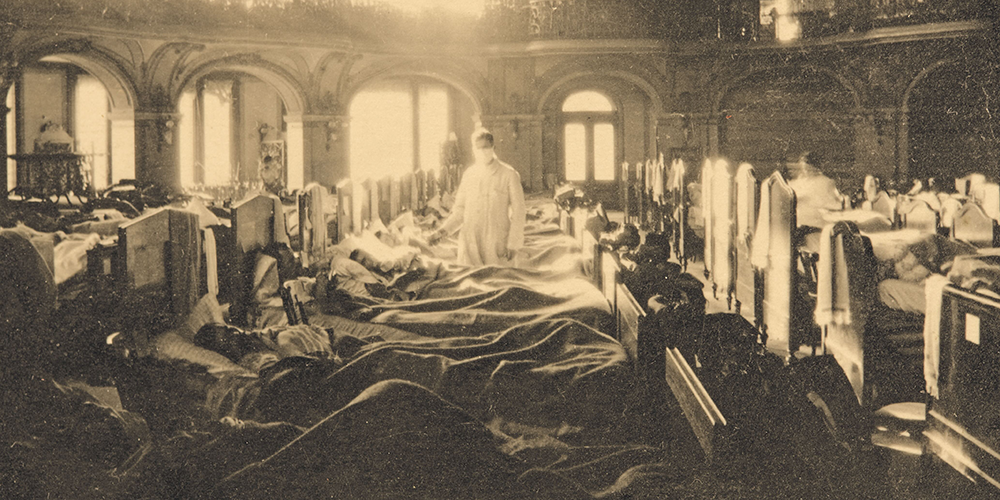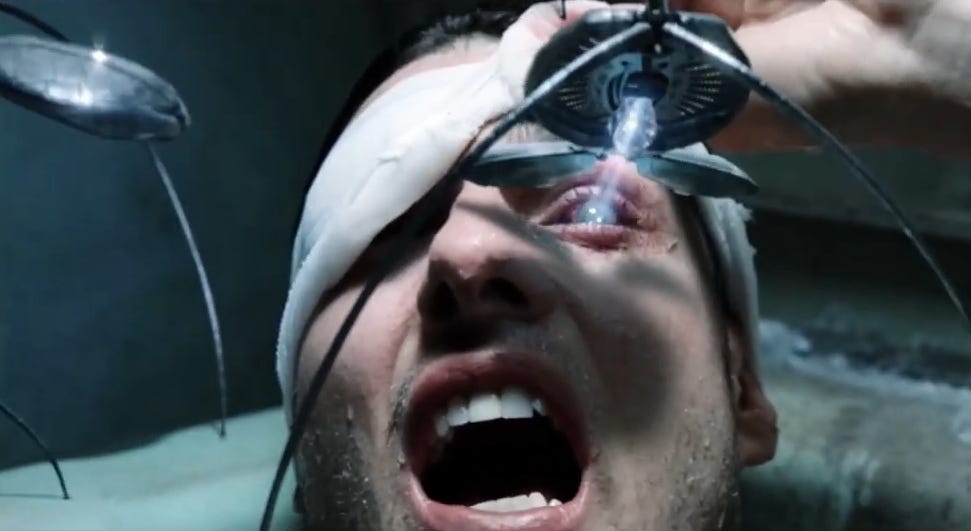
100-hour-long exposure: ESA releases the sharpest image of the Ultra Deep Field
Webb, combining data from its Near-Infrared Camera (NIRCam) with its Mid-Infrared Instrument (MIRI), revealed sharp, detailed views of the Hubble Ultra Deep Field. Originally assembled from Hubble observations from 2003 to 2004, the Ultra Deep Field showcases over 10,000 galaxies, some of which date back to less than a billion years after the Big Bang.
Webb’s latest look at the field focuses on the MIRI Deep Imaging Survey (MIDIS) region, using MIRI’s shortest-wavelength filter. The observation lasted nearly 100 hours, marking Webb’s longest observation of an extragalactic field in one filter. In this small patch of sky observed, Webb revealed more than 2,500 sources, including hundreds of extremely red galaxies. Many are likely huge galaxies buried in cosmic dust or evolved galaxies with mature stars that formed early in the Universe’s history.
The image assigned colors based on infrared wavelengths, revealing distinct galaxy features. Orange and red indicate longer mid-infrared wavelengths, highlighting galaxies with features such as heavy dust, abundant star formation, or active galactic nuclei (AGN). Small greenish-white galaxies appear more distant due to redshift, making their light fall into the mid-infrared ranges. Most other galaxies shine brightest in shorter near-infrared wavelengths, shown as blue and cyan, as they lack mid-infrared enhancements.















